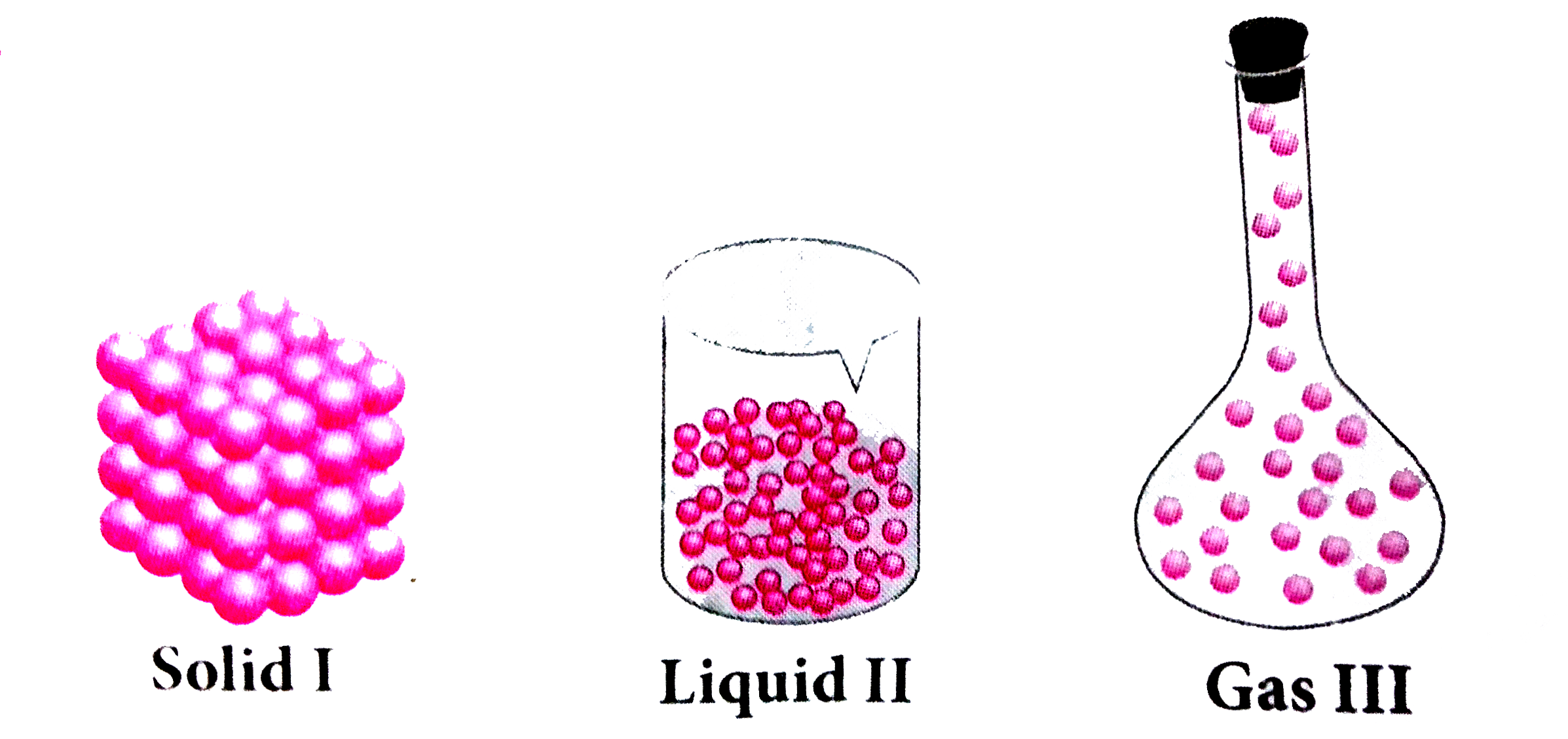The correct statements among I to III regarding group 13 element for oxides are:
(I) Boron trioxide is acidic
(II) Oxides of aluminium and gallium are amphoteric.
(III) Oxides of indium and thallium are basic.
(I) and (II) only .
(I) and (III) only
(II) and (III) only
(I), (II) and (III) only
The correct Answer is:D
To solve the question regarding the correct statements about group 13 elements and their oxides, let’s analyze each statement one by one.
Step 1: Analyze Statement I
Statement I: Boron trioxide is acidic.
- Boron trioxide (B2O3) is known to exhibit acidic properties. It reacts with water to form boric acid (H3BO3), which confirms its acidic nature. Therefore, this statement is correct.
Step 2: Analyze Statement II
Statement II: Oxides of aluminium and gallium are amphoteric.
- Aluminium oxide (Al2O3) and gallium oxide (Ga2O3) both exhibit amphoteric behavior. This means they can react with both acids and bases. For example, Al2O3 reacts with acids to form salts and with bases to form aluminate ions. Thus, this statement is also correct.
Step 3: Analyze Statement III
Statement III: Oxides of indium and thallium are basic.
- Indium oxide (In2O3) and thallium oxide (Tl2O3) are generally considered to be basic in nature. They can react with acids to form salts, which supports the idea that they exhibit basic properties. Therefore, this statement is correct as well.
Conclusion
All three statements (I, II, and III) regarding the oxides of group 13 elements are correct. Thus, the answer is that all statements are correct.
Final Answer:
The correct statements are I, II, and III.
---
Statement I: Boron trioxide is acidic.
Statement II: Oxides of aluminium and gallium are amphoteric.
Statement III: Oxides of indium and thallium are basic.
All three statements (I, II, and III) regarding the oxides of group 13 elements are correct. Thus, the answer is that all statements are correct.
The correct statements are I, II, and III.
Topper's Solved these Questions
- BOOK - ICSECHAPTER - SOME P-BLOCK ELEMENTS EXERCISE - TRUE OR FALSE TYPE QUESTION19videos
SOME P-BLOCK ELEMENTS
- BOOK - ICSECHAPTER - SOME P-BLOCK ELEMENTS EXERCISE - FILL IN THE BLANKS TYPE QUESTIONS22videos
SOME P-BLOCK ELEMENTS
- BOOK - ICSECHAPTER - SOME P-BLOCK ELEMENTS EXERCISE - ESSAY (LONG ANSWER) TYPE QUESTION36videos
SOME P-BLOCK ELEMENTS
- BOOK - ICSECHAPTER - SOME BASIC CONCEPTS OF CHEMISTRY EXERCISE - NCERT TEXT-BOOK EXERCISES (WITH HINGS AND SOLUTIONS)36videos
SOME BASIC CONCEPTS OF CHEMISTRY
- BOOK - ICSECHAPTER - STATES OF MATTER : GASES AND LIQUIDSEXERCISE - NCERT TEXT-BOOK EXERCISES (With Hints and Solutions)23videos
STATES OF MATTER : GASES AND LIQUIDS
Similar Questions
The correct statements among I to III regarding group 13 element oxides are,
(I) Boron trioxide is acidic.
(II) Oxides of aluminium and gallium are amphoteric.
(III) Oxides of indium and thallium are basic.View SolutionThe correct statement among I to III regarding group 13 element oxides, are
(I) Boron trioxide is acidic (II) Oxides of aluminium and gallium are amphoteric (III) Oxides of indium and thallium are basicView Solution
Choose the correct statement about I, II and III.View SolutionAmong group 13 elements the one forming an amphoteric oxide is
View SolutionCorrect the statement : Formula of iron (III) oxide is FeO.
View SolutionName an amphoteric oxide of 13 group elements, explain with suitable reactions.
View SolutionGive one example each of (i) an acidic oxide (ii) a basic oxide (iii) an amphoteric oxide.
View SolutionWhich element of group 13 forms acidic oxide ?
View SolutionDifferentiate among acidic oxides, basic oxides, amphoteric oxides and neutral oxides.
View SolutionGiven below are three statements (I -IV) regarding the human blood circulatory system .
(I) In the treatment of angina pectoris nitrous oxide and nitro glycerin are used.
(II) veins have thinner walls and broader lumen than arteries .
(III) Artificial pacemakers are used in arrhythmia.
How many of the above are correct statements ?View Solution

